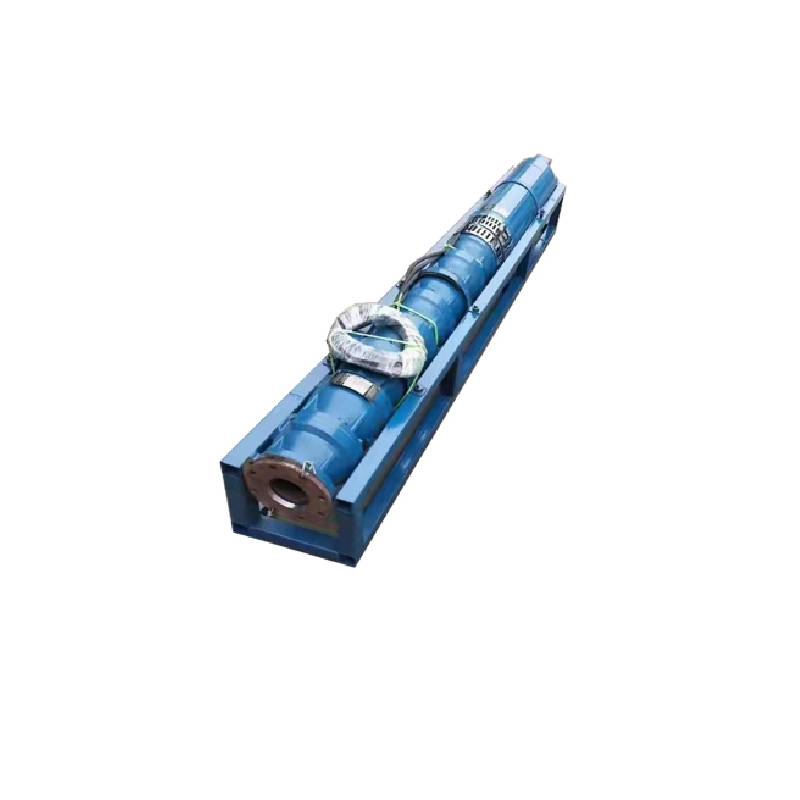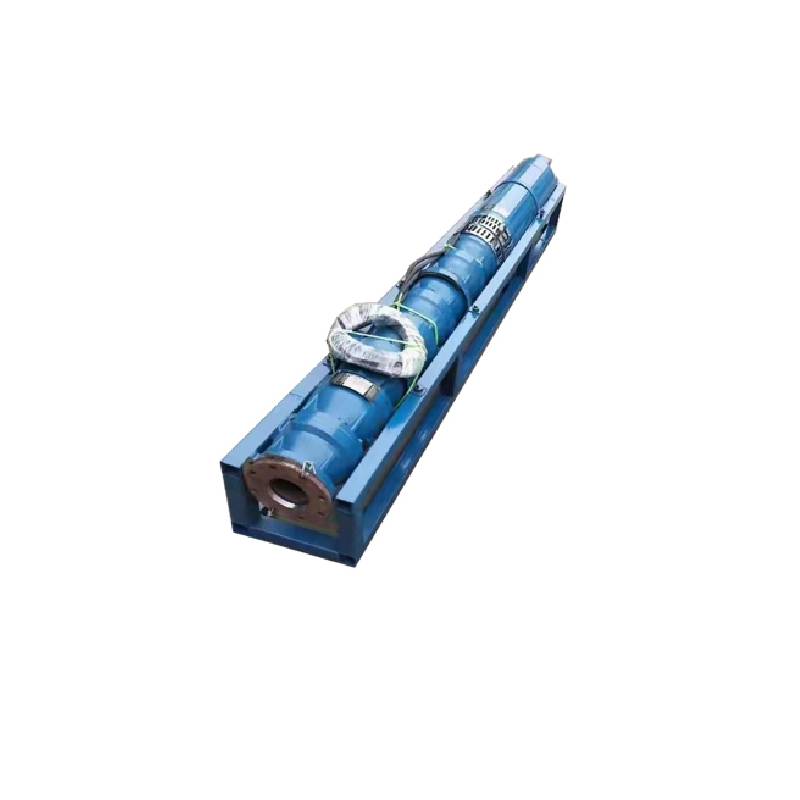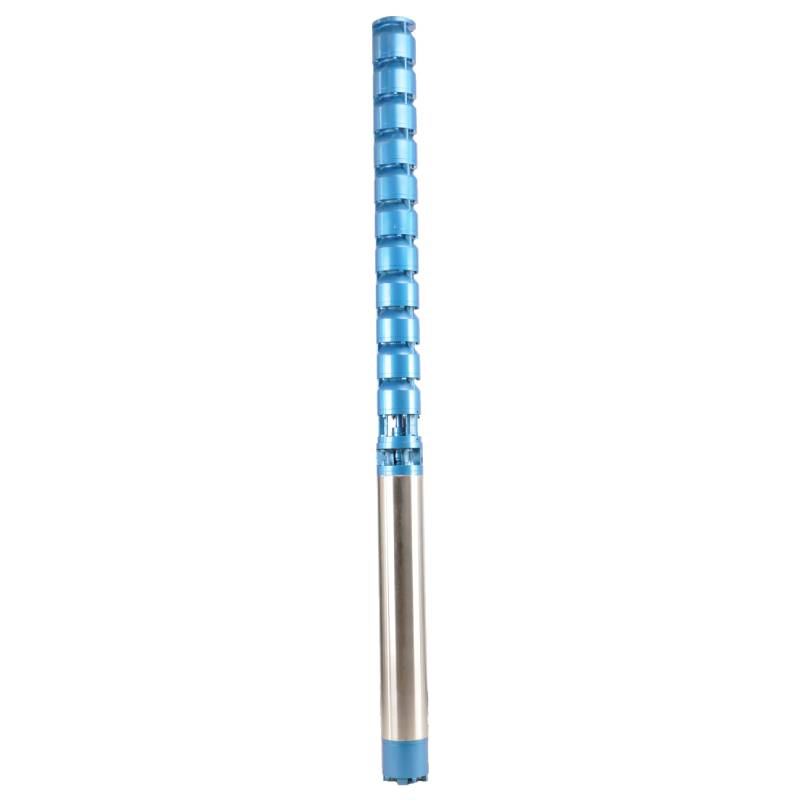Sep . 18, 2024 21:29 Back to list
how long does a submersible well pump last
How Long Does a Submersible Well Pump Last?
Submersible well pumps are essential devices used to draw water from deep underground sources, making them invaluable for residential and agricultural applications. Their longevity directly impacts the effectiveness of water supply systems. So, how long can you expect a submersible well pump to last?
Typical Lifespan
Generally, a submersible well pump can last anywhere from 8 to 15 years, but various factors can influence this lifespan significantly. With proper installation, maintenance, and usage, some pumps can even last up to 20 years or longer. Conversely, poor practices can lead to premature failure, which can be both frustrating and costly.
Materials and Construction Quality
The materials used in the construction of the well pump play a pivotal role in its durability. High-quality stainless steel and thermoplastic materials are preferred because they resist corrosion and wear better than cheaper alternatives. Pumps made with inferior materials might corrode or break down much sooner, leading to a shorter lifespan.
Water Quality and Conditions
The quality of water being pumped can also influence the lifetime of a submersible well pump. If the water contains a high level of sediment, minerals, or corrosive chemicals, it can cause wear and tear on the pump components. Additionally, high levels of sand can lead to abrasion and reduce the efficiency of the pump over time. Regular water quality testing can help identify potential issues before they affect the pump's performance.
how long does a submersible well pump last

Operating Conditions
The depth of the water table and the vertical distance the pump needs to lift water can also impact its lifespan. Pumps working harder due to extreme depths or high demand may experience additional stress, leading to breakdowns. Ensuring that the pump is adequately sized for its application can make a significant difference in longevity. Overloading the pump or running it dry can cause immediate failure, so it’s crucial to adhere to manufacturer guidelines regarding usage.
Maintenance and Care
Routine maintenance is vital for extending the life of a submersible well pump. Regular checks on electrical components, seals, and the pump’s overall operation can help catch potential issues before they escalate. Cleaning or replacing filters, checking for leaks, and monitoring the water output can lead to a healthier system. Hiring professional service technicians for periodic inspections can also ensure that the pump remains in optimal working condition.
Signs of Wear and Replacement
It’s important to recognize the signs indicating that a pump may need to be replaced. Common indicators include reduced water output, strange noises, or frequent cycling on and off. If you notice any of these symptoms, it may be wise to consult with a professional to evaluate the pump’s condition.
Conclusion
In summary, the lifespan of a submersible well pump can vary widely based on several influencing factors, including material quality, water conditions, operating conditions, and maintenance practices. By investing in a high-quality pump and following proper maintenance protocols, homeowners and farmers alike can maximize the longevity and efficiency of their well water systems. Regular monitoring and awareness of potential issues can prevent costly replacements and ensure a reliable water supply for years to come.
-
Efficient 250QJP Peep Well Submersible Pump for Deep Well Water
NewsAug.30,2025
-
Deep Well Pump Installation Guide: Reliable Submersible Pumps
NewsAug.29,2025
-
125QJR Deep Well Submersible Pump - High Performance & Reliable Water Supply
NewsAug.28,2025
-
Water Filled Submersible Pump
NewsAug.26,2025
-
The Ultimate Solution for Clean
NewsAug.26,2025
-
SS Submersible Pump
NewsAug.26,2025
-
 Efficient 250QJP Peep Well Submersible Pump for Deep Well WaterDiscover the powerful 250QJP Peep Well Submersible Pump. Engineered for high-efficiency and reliability, it's ideal for deep well water supply, industrial, and agricultural irrigation. Get consistent performance. Explore our range today!Detail
Efficient 250QJP Peep Well Submersible Pump for Deep Well WaterDiscover the powerful 250QJP Peep Well Submersible Pump. Engineered for high-efficiency and reliability, it's ideal for deep well water supply, industrial, and agricultural irrigation. Get consistent performance. Explore our range today!Detail -
 Deep Well Pump Installation Guide: Reliable Submersible PumpsGet expert deep well pump installation for reliable, consistent water. Our durable submersible well water pumps are ideal for homes & farms. View our installation diagram & solutions.Detail
Deep Well Pump Installation Guide: Reliable Submersible PumpsGet expert deep well pump installation for reliable, consistent water. Our durable submersible well water pumps are ideal for homes & farms. View our installation diagram & solutions.Detail -
 125QJR Deep Well Submersible Pump - High Performance & Reliable Water SupplyGet reliable, high-performance water with the 125QJR Deep Well Submersible Pump. Ideal for irrigation, agriculture, and industrial deep well applications. Experience efficient, continuous water supply. Shop now!Detail
125QJR Deep Well Submersible Pump - High Performance & Reliable Water SupplyGet reliable, high-performance water with the 125QJR Deep Well Submersible Pump. Ideal for irrigation, agriculture, and industrial deep well applications. Experience efficient, continuous water supply. Shop now!Detail
